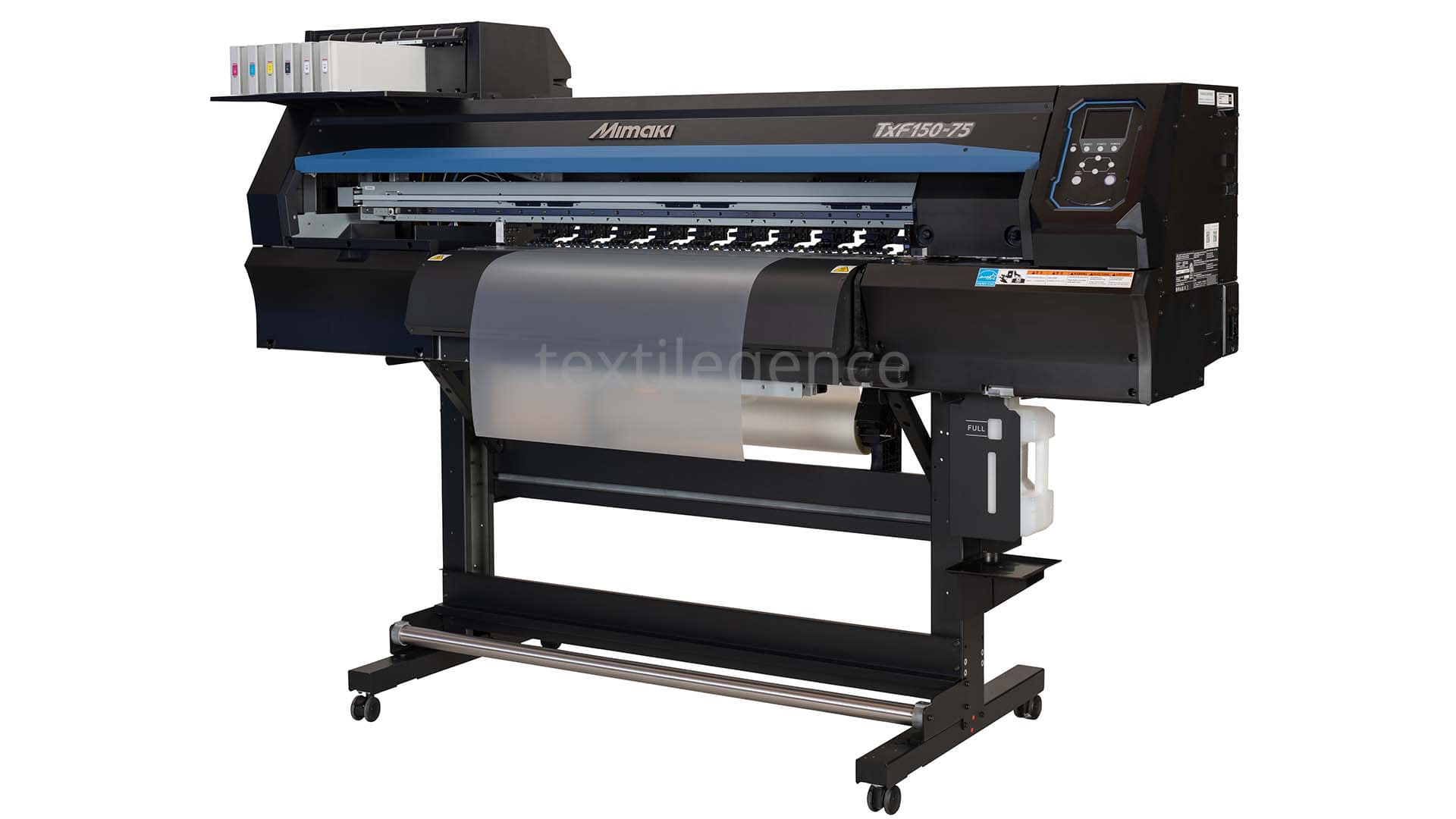
Weaving the future: The tale of textile machinery automation
220 years of textile equipment automation have reshaped the trade panorama. Joseph-Marie Jacquard’s introduction of the primary automated weaving loom in 1804, managed by perforated playing cards storing intricate patterns in binary code, marked the daybreak of recent automation. This innovation not solely paved the best way for binary laptop programming but in addition set the stage for steady technological evolution.
In weaving expertise, the most recent development from Optima 3D within the UK revolutionises standard strategies, providing unparalleled versatility via its subtle digital management system. By enabling instantaneous changes to parameters and sequences, Optima’s machine caters to the manufacturing of intricate buildings from premium fibers like carbon, because the important reinforcements for composites.
The College of Maine’s Superior Constructions and Composites Middle (ASCC) exemplifies the transformative impression of automation, using Optima’s machine for groundbreaking composite initiatives, together with creating the world’s largest 3D-printed boat, incomes ASCC a number of Guinness World Information.

Automation in textile equipment has additionally created a distinction within the medical sector
Related advances in automation are being made with knitting equipment and right here Switzerland’s Steiger enjoys a particular place, with 70% of its turnover generated from the gross sales of distinctive machines, interfaces and providers to the medical sector for the manufacturing of customised orthopaedic compression helps.
By way of related physique scanners, these merchandise are equipped to medical professionals inside 24 hours of being ordered. Steiger machines additionally play a pivotal function in area of interest areas resembling knitted electrodes, sensors, and reinforcement helps for composites, in addition to specialised intarsia machines for top of the range and sophisticated knitwear catering to luxurious manufacturers together with Burberry, Chanel, Dior, Hugo Boss and Versace.
DTF: revolution in conventional display screen printing
The digital textile printing trade is experiencing a seismic shift propelled by automation, notably via the direct-to-film (DTF) methodology. DTF’s digital printing onto specialised switch movie sheets, adopted by warmth switch onto materials, revolutionizes conventional display screen printing with its effectivity and superior high quality. Mimaki Europe’s TxF150-75 DTF printer emerges as a game-changer, with its widespread adoption throughout the EMEA area since its launch in February 2023, reflecting the trade’s rising desire for DTF expertise. Mimaki Europe stories that its first DTF printer, the TxF150-75, has now surpassed the milestone of 300 items offered throughout the EMEA area.
Mimaki Europe Normal Gross sales Supervisor, Arjen Evertse underscores the TxF150-75’s success, attributing it to its user-friendly interface, reliability, and distinctive print high quality: “We’ve seen the impression DTF is having available on the market in recent times and needed to supply an answer that excelled in usability, reliability and high quality. The Tx150-75 offers all of those advantages, however its reputation can also be resulting from its suitability for these introducing DTF expertise to their manufacturing capabilities or those that have already got an in-house enterprise producing smaller run jobs.”
This printer’s reputation extends to each newcomers venturing into DTF expertise and established companies specializing in smaller manufacturing runs, reaffirming DTF’s place as a transformative power within the textile printing trade.
Yow will discover the supply of the article on the ITMA exhibition web site.
